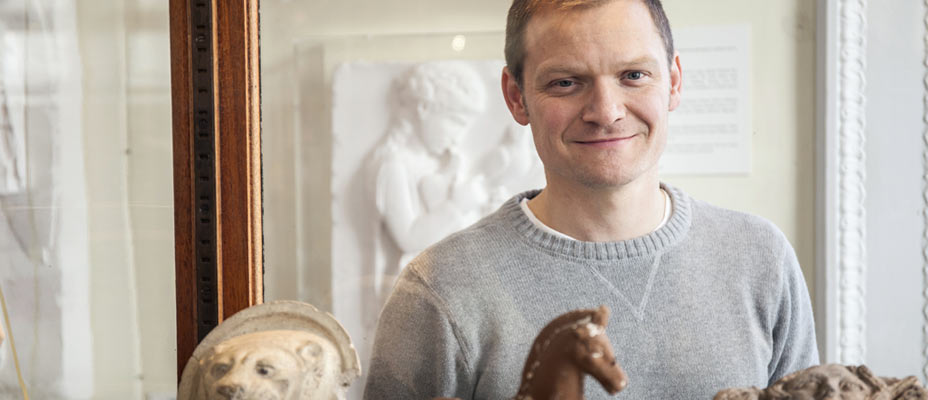
Defining ages
The decline and fall of the Roman Empire may well have started sooner than traditionally thought.
Dr Dan Osland (Classics) is studying archaeological evidence from the Spanish city of Mérida – which was the capital of the Roman province of Lusitania – and contrasting it with what we read in historical accounts of the end of the Roman world.
“I have been trying to identify the beginning of a trend away from what is clearly a 'Roman' way of life toward something that we might classify as 'medieval'.”
Using material, much of it uncovered by archaeologists during excavations of building sites in Mérida, Osland has made a particular study of such things as the plan of the city, the styles of the houses and even the way people prepared and ate food, and concluded that these were changing much earlier than previously believed.
“The traditional approach is to identify the transition as somewhere in the late fifth century, with the arrival of 'barbarians' and the collapse of the western Roman imperial government, or else in the early eighth century, with the arrival of the Moors,” say Osland.
“My work has tended to trace the roots of this large-scale change, or series of changes, to how people lived in the cities of the western Mediterranean back as far as the late third and early fourth centuries.
“This would make the transition to what looks a lot like medieval Mérida a late Roman phenomenon and it raises all sorts of interesting questions about how we define the chronological periods of history.”